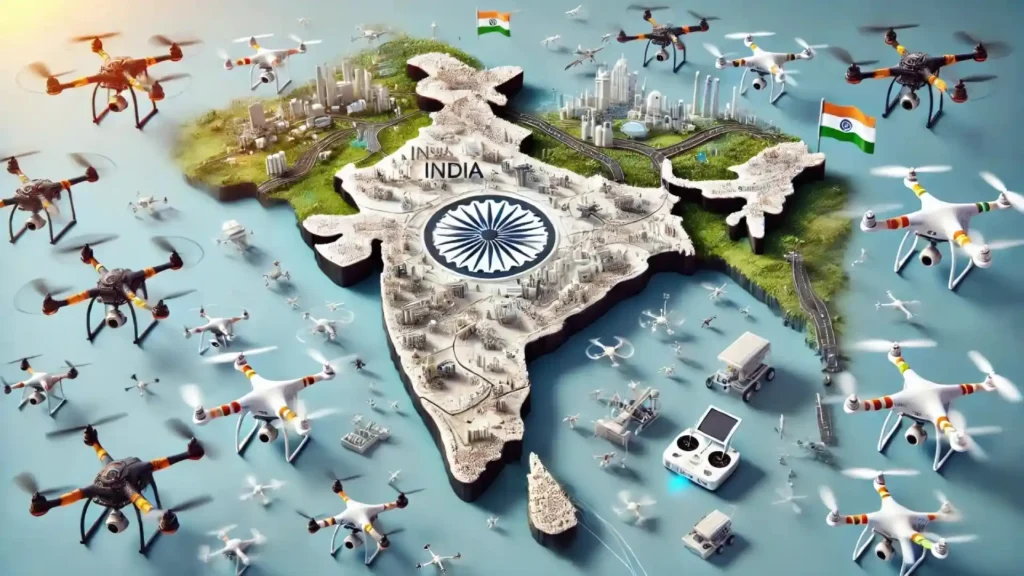India (Arms) and Pakistan have entered a new phase of military rivalry centered on drone warfare, following intense clashes in May 2025 – the most severe in decades. This marks the first large-scale use of unmanned aerial vehicles (UAVs) between the nuclear-armed neighbors, who traditionally relied on fighter jets and artillery.
Escalation Triggered by Pahalgam Attack
Tensions escalated after a deadly terror attack in Pahalgam on April 22, which India attributed to Pakistan-based militants. In response, India launched “Operation Sindoor,” targeting terror infrastructure in Pakistan and Pakistan-occupied Kashmir. Pakistan retaliated with drone and missile attacks on May 8, deploying approximately 300–400 drones across 36 locations along India’s western border.
India’s Countermeasures and Drone Deployment
India responded by launching armed drones at four Pakistani air defence sites, successfully destroying at least one radar installation. The Indian Air Force also utilized Israeli-made Harop drones and domestically produced UAVs for precision strikes. India’s air defence systems, including Cold War-era guns upgraded with modern radar and communication networks, effectively neutralized many of the incoming drones.
Pakistan’s Drone Strategy and Collaborations
Pakistan employed Turkish-origin YIHA-III and Asisguard Songar drones(Arms), as well as domestically produced Shahpar-II UAVs. These drones were used in swarm attacks, aiming to test India’s air defence capabilities and gather intelligence. Pakistan’s military has been enhancing its drone capabilities through collaborations with Turkey and China, including local assembly of drones and joint development projects.
Defence Spending and Strategic Implications
Both nations have significantly increased their defence spending, with India allocating up to $470 million over the next two years for UAV procurement, tripling its pre-conflict levels. Pakistan, facing economic constraints, is focusing on cost-effective drone technologies and strengthening its alliances with Turkey and China to bolster its UAV capabilities.
International Mediation and Ceasefire
The United States brokered a ceasefire after four days of intense fighting. While the ceasefire holds, both India and Pakistan have issued stern warnings to each other. Indian Prime Minister Narendra Modi emphasized a firm stance against terrorism, stating that continued aggression would be met with strong retaliation. Pakistan’s military warned that violations of the ceasefire would be met with a stronger response, stating that India is “playing with fire.”
Expert Opinions on Drone Warfare
Experts suggest that the use of drones allows both countries to demonstrate military capabilities without escalating to full-scale war (Arms). However, the reliance on drones also introduces new risks, including potential miscalculations and the challenge of controlling the escalation ladder. The low cost and deniability of drone warfare make it an attractive option, but vulnerabilities remain, especially concerning supply chain dependencies and electronic warfare countermeasures.
Outlook
The recent drone engagements between India and Pakistan signify a shift in their military strategies, embracing modern warfare technologies. While the current ceasefire provides a temporary respite, the underlying tensions and rapid advancements in drone capabilities suggest that the region remains on edge, with the potential for future escalations.
Source: Reuters
Read More : India Surpasses Japan to Become World’s Fourth-Largest Economy: NITI Aayog CEO
